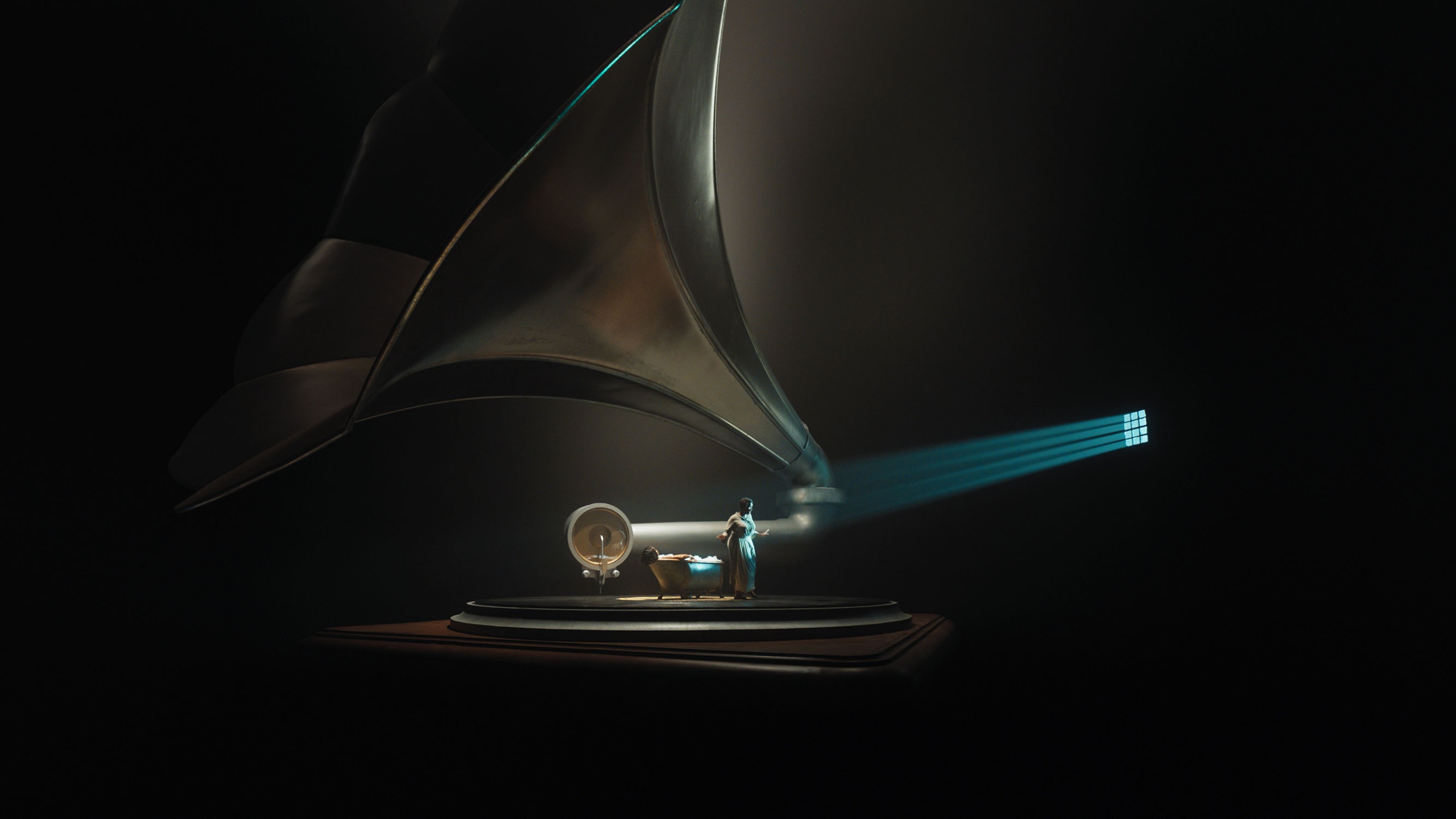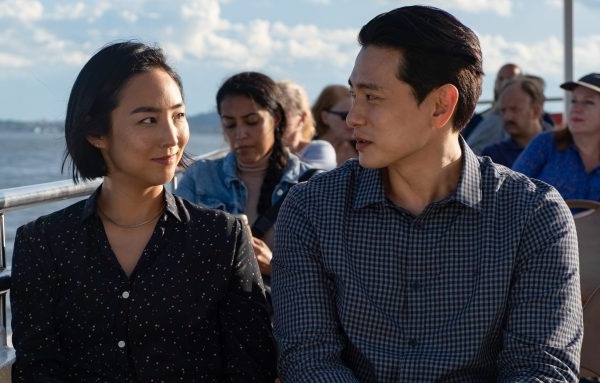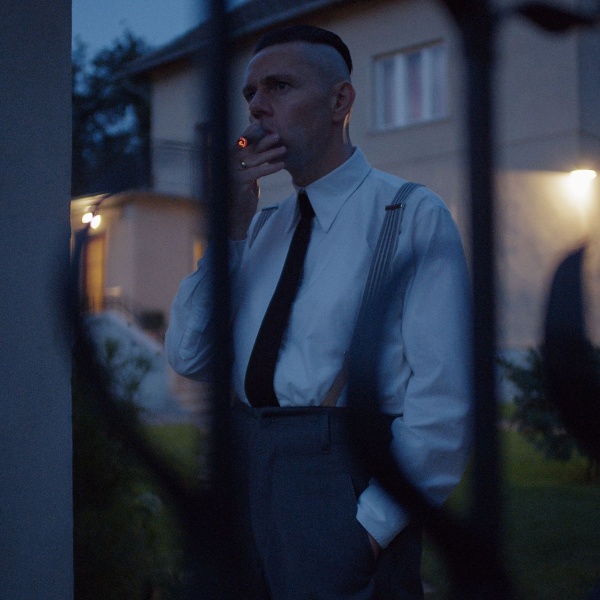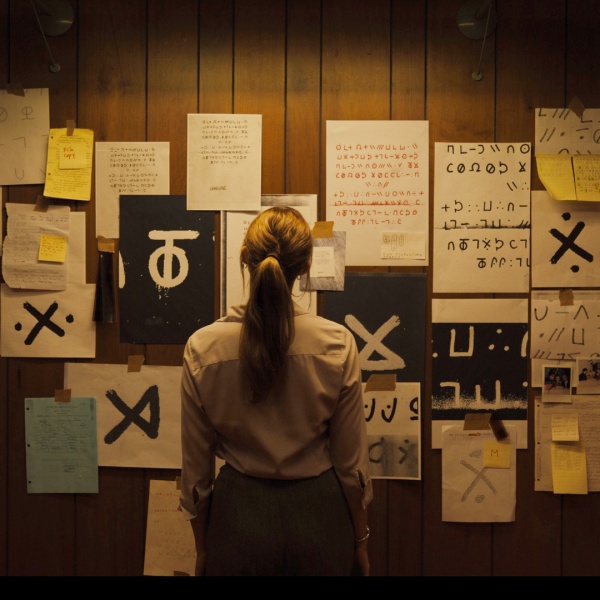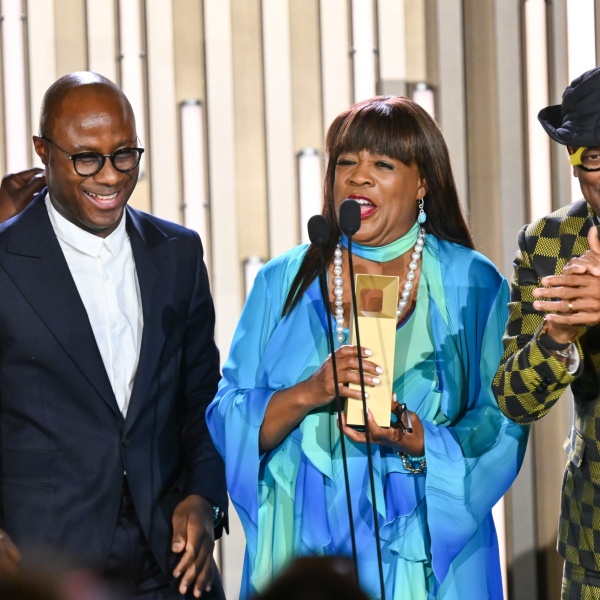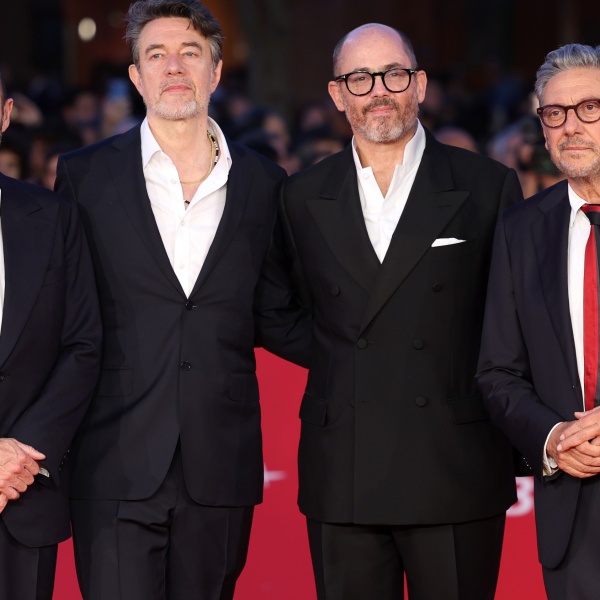The giant gramophone scene in “The Color Purple” was the film in microcosm for director Blitz Bazawule. That’s the transformational moment where Celie (Fantasia Barrino) imagines being atop an enormous record that rotates on the turntable around her new best friend, Shug (Taraji P. Henson), soaking in a bathtub. It’s beautifully underscored by Celie singing “Dear God – Shug.”
This served as Bazawule’s entry point for his new version of “The Color Purple,” adapted from the Broadway musical (itself based on Alice Walker’s Pulitzer Prize-winning novel), through the magical realism of Celie’s imagination. It was also his crucial pitch for enticing a hesitant Barrino to play Celie on screen after putting her triumphant yet painful portrayal on Broadway behind her.
The pitch worked: It convinced Barrino of an untapped interior world still left to be explored inside Celie’s head. Together they found inspiration for re-imagining the beloved character’s extraordinary journey from long-suffering abuse to transcendent empowerment in the rural South of the early 20th century. The director also turned the scene into an elaborate previs demo for explaining his interior vision for Celie.
For Oscar-winning production designer Paul Austerberry (“The Shape of Water”), this was uncharted territory. They shot the scene on an Atlanta soundstage with a giant, revolving turntable prop on a platform. It marked his first musical as well as the first instance of visualizing the protagonist’s inner world through fantastical world-building. Of course, Bazawule’s conceit owes a debt to Rob Marshall’s Oscar-winning “Chicago,” which re-imagined Bob Fosse’s musical numbers staged as vaudeville acts inside the mind of Renée Zellweger’s Roxie.

Austerberry built nearly everything practically for the scene with the art department and special effects team, including, of course, the bathtub. “We created a revolving record that was 22-foot in diameter, we put grooves in it, made a giant label, and also created the big arm with the needle on it and made the wooden rolled up top of the gramophone box,” Austerberry told IndieWire. They looked at several vintage gramophones before finding the one they liked and then scaled it up 20 times.
Meanwhile, the special effects team also created the revolving platform and placed a pre-existing turntable on top that was used for car commercials. Yet all of the off-camera mechanics underneath had to be hidden from view.
The needle arm required cable support to hold it together. However, the horn would’ve been too big for the set to build practically, so that was created with CG by the VFX team.
“And then [cinematographer] Dan Laustsen lit it really simply with just a single source, as if it’s for a window with a bit of atmosphere,” added Austerberry. “It was beautiful.”
They also worked out Barrino’s slow spin on the turntable. At first, the scene merely called for the actress to walk on top of the arm. Then Bazawule wanted to create more intimacy by having her on the record, so she’d be closer to the bathtub. “That was nice because you didn’t need to have the big circular move of the camera. The set revolved. And, of course, the bathtub was full of foam, and it was a revolving bath.”
